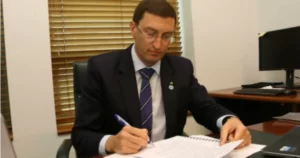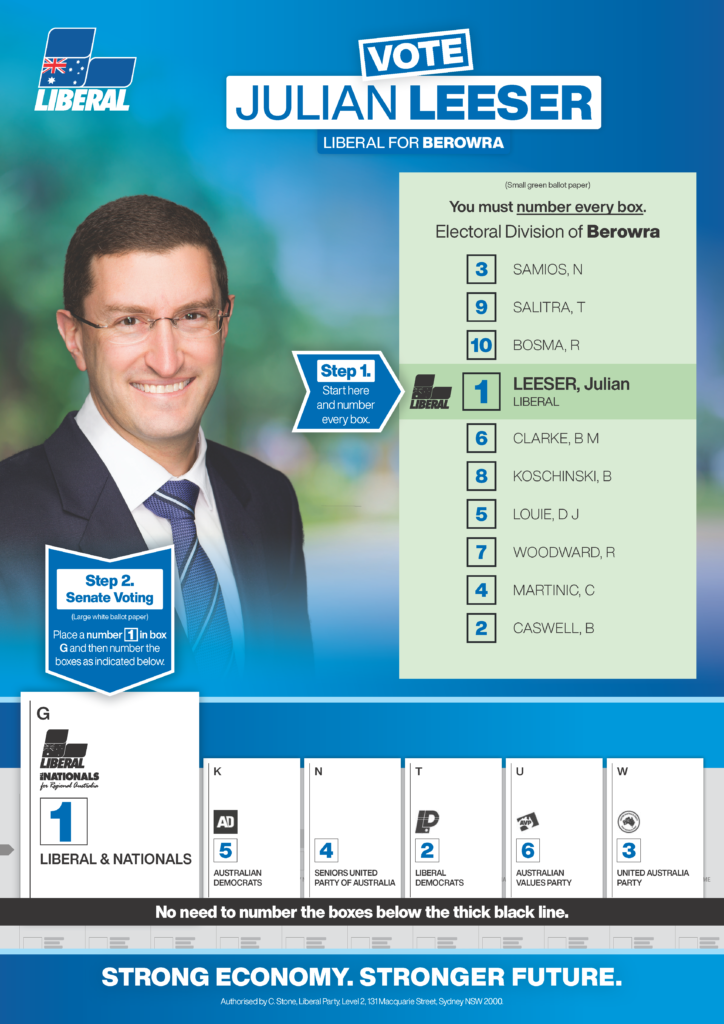I too begin by acknowledging the traditional custodians of the land on which we gather today, the Ngunnawal and Ngambri peoples, and pay respect to their elders, past, present and emerging, and I acknowledge the fine words of the Prime Minister, the Leader of the Opposition and my friend the Minister for Indigenous Australians. Others have said today that there are enormous reserves of goodwill on all sides of the House in relation to closing the gap. I think there’s actually more than just goodwill. I think there is a burning ambition to close the gap between Aboriginal and Torres Strait Islander peoples and the rest of Australia.
First Australians have cared for this country since time immemorial.
Today we speak about their future and our shared desire to see a healthier future for Aboriginal and Torres Strait Islander people. This year’s Closing the Gap is significant because it’s the first time we report against new targets established not by the Commonwealth government alone but by the Commonwealth government in partnership with First Nations people and with the state and territory governments. This is a significant moment. I want to acknowledge the work of the Minister for Indigenous Australians and I also want to acknowledge the work of her predecessor, Ken Wyatt. This Closing the Gap process refresh is one of the greatest legacies of Ken Wyatt’s time as minister, and I think this legacy will live long beyond his years in this place. I also want to acknowledge Pat Turner and Dawn Casey and everyone else involved with the Coalition of Peaks for their leadership, their courage and their hard work on the Closing the Gap process.
For too many years the delivery of Closing the Gap reports has been deeply depressing, not only because of findings reported but because of the sense that the pathways forward were limited. Closing the Gap has held the federal government to account for the things that the Commonwealth has been largely powerless to change. This year for the first time the report is set against the new priorities and this year for the first time the Commonwealth is not the only jurisdiction tabling a Closing the Gap report. Every state and territory and the Coalition of Peaks are all reporting on their shared goals. In parliaments across the country, people are looking at these metrics and asking the questions that need to be asked. This is a huge step forward. Beyond the parliaments, policymakers are asking the same questions, and I’m sure Aboriginal and Torres Strait Islander people in their communities are asking the same. There are more people at the table. The buy-in has grown. There are more people feeling the weight of responsibility, a weight of responsibility that must be felt if we’re to close the gap.
On too many socioeconomic targets we’re going backward, not forwards. We’ve learned through Closing the Gap over the years that meaningful change is only achieved when meaningful decisions are taken at local levels by people who understand the challenges faced by a community that is part of the solution. While the data needs to improve, what we can see at present reminds us yet again that closing the gap must remain a first-order priority for any government. The rate of Aboriginal and Torres Strait Islander adults in prison has gone up, not down, since 2019. We have a higher rate of Aboriginal and Torres Strait Islander children in out-of-home care in 2021 than we did in 2019. We have more children starting school already behind where they ought to be and, tragically, we have more Aboriginal and Torres Strait Islander people dying by suicide.
What turns a life around is often not a decision made in this place, but much more often it’s a relationship with someone that gives people hope. I know that the issue of the Voice to Parliament is a priority for many Australians, but there are already significant Aboriginal and Torres Strait Islander voices out there that are talking to government, and governments need to listen to those voices. Listening to the experiences is what partnership in closing the gap is all about. As we push forward in coming years, I urge the government to listen to those who tell us the uncomfortable truth, not just those who say what we expect or what we want to hear. I want to see a situation where, when a community says, ‘We want to keep the cashless debit card,’ or ‘We don’t want grog in this place,’ that governments listen, that when they see the gap widening instead of closing because of decisions taken in this place, the alarm is sounded, and we act—like the Indigenous children and families who feel that more access to alcohol in turn will lead to an increase in alcohol fuelled violence and antisocial behaviour in communities, like the terrible and tragic stories of child sexual abuse that the Leader of the Opposition mentioned that have come from too many Aboriginal and Torres Strait Islander communities.
I want to associate myself very strongly with the Leader of the Opposition’s call for a royal commission to examine child sexual abuse in Indigenous communities so that survivors with the courage to come forward can be heard. This is such an important issue and such an important policy recommendation. There’s goodwill and ambition in addressing these issues on both sides, but these are the difficulties we must confront if we’re to close the gap. The government have put Indigenous Australians in the centre of their agenda for this term of parliament, but it’s now up to them to keep the focus on what really matters and to do the necessary work to enable practical change to take place in communities. We can close the gap and we must close the gap for the sake of every young Australian, Indigenous or otherwise, who is relying on us to hand to them a better future.
Debate adjourned.




